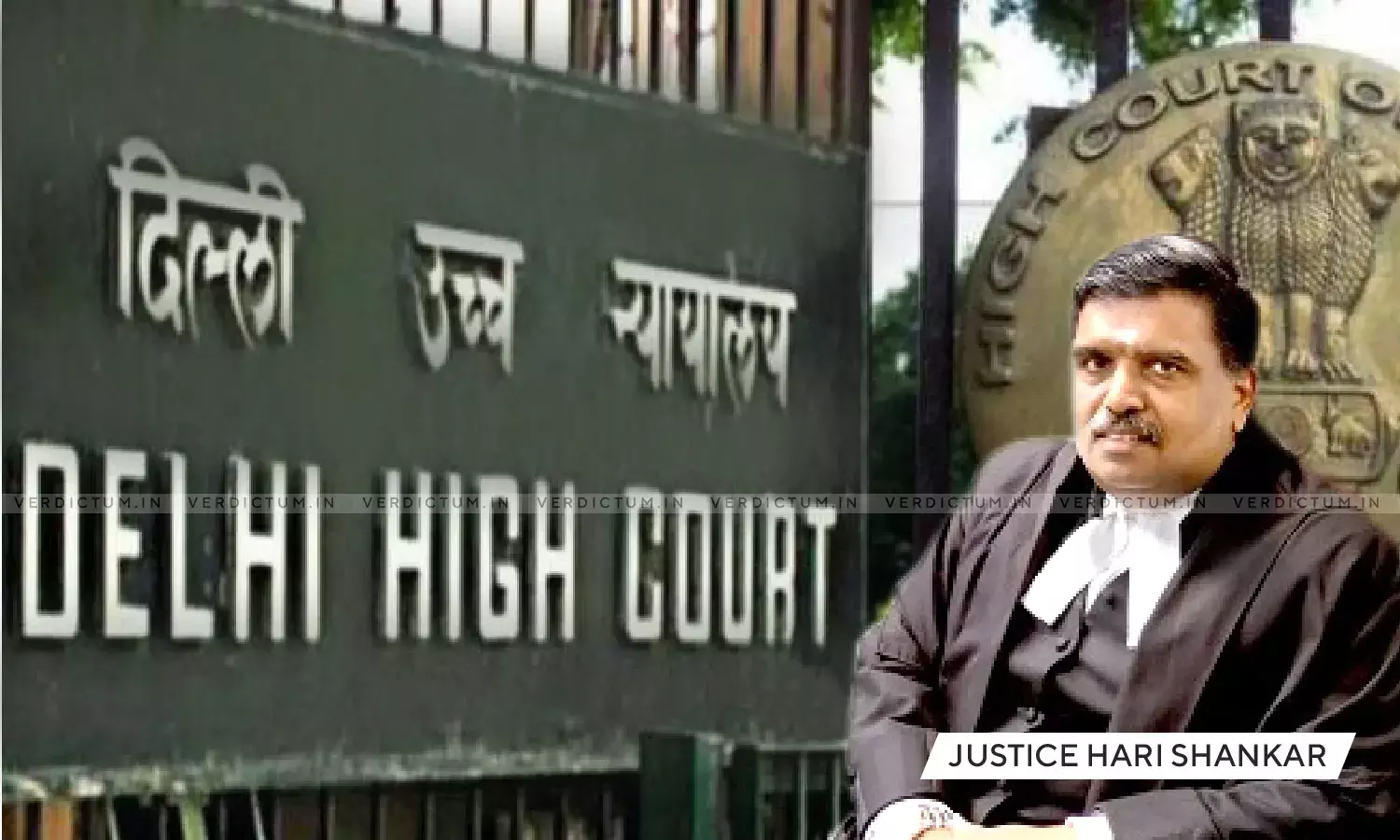School Is Bound By Outcome Of Computerized Draw Of Lots Conducted By Department Of Education For EWS Admission: Delhi HC

The Delhi High Court observed that the school is bound by the outcome of computerized draw of lots conducted by the Department of Education (DoE) for the purpose of admission of EWS (Economically Weaker Section) students.
The Court observed thus in a petition filed by a student for EWS admission to the pre-primary class in a school in accordance with the circulars issued by DoE.
A Single Bench of Justice C. Hari Shankar held, “In the event a school is unable to admit a number of general category students which constitutes the strength of its class, it would be for the School to apply to the DoE in accordance with the prescribed procedure in that regard for sizing down the number of EWS students which it would have to admit. In the event that such application is considered and allowed by the DoE – as was the case in Anjali Pandey – the school would legitimately be able to seek the benefit of such decision. Otherwise, in the absence of any revisitation, by the DoE, of the number of seats worked out by it for admission to the school in question, the school would be bound by the outcome of the computerized draw of lots conducted by the DoE.”
Advocate Vivek Kumar Tandon appeared for the petitioner while Advocate B.S. Malik appeared for the respondents.
Brief Facts -
After obtaining details from various schools regarding the number of EWS seats available with them, the DoE conducted a computerized draw of lots in March 2023. The petitioner student was found entitled to be admitted to the pre-primary class as an EWS student in the respondent school. The school, however, refused to admit the student and the representations made by the student to the school as well as to the DoE and other authorities having elicited no favourable response, the student approached the court by means under Articles 226 and 227 of the Constitution.
The student sought issuance of a writ of mandamus to the school to admit her to the pre-primary, class as allotted by the DoE consequent to the computerized draw of lots conducted. There were other prayers in the writ petition which were essentially in the nature of prayers in rem. During the pendency of the proceedings, the Court had directed the student to be provisionally admitted to the pre-primary class in the school. In compliance with the said order, the school had provisionally admitted the student to the pre-primary class. The school could admit 25% of the actual number of children belonging to general category and it contended that it cannot admit the petitioner as an EWS category student.
The High Court in view of the facts and circumstances of the case noted, “The extant position in law is, therefore, that once a school communicates the number of general category and EWS seats available with it for being filled in an ensuing academic year to the DoE, and the DoE, on that basis, conducts a computerized a draw of lots, the School is bound to admit the EWS students who are, on the basis of the said computerized draw of lots, found eligible for admission to its portals.”
The Court added that the school cannot then turn around and say that as the actual number of general category students, which it could ultimately admit, was less than the strength of general category seats communicated by it to the DoE, there should be a proportionate reduction in the number of EWS students which it can admit for that year and, on that basis, reject to admit students who, on the basis of the data provided by the school itself, have been shortlisted for admission.
“In the present case, the DoE has, in its counter affidavit, clearly stated that a computerized draw of lots was conducted on the basis of the number of seats communicated by the school as available with it for being filled from general and EWS students for the 2023-24 academic session. Mr. Malik, too, very fairly does not dispute this position. He only submits that the actual number of general category students, who were ultimately admitted, turned out to be less than the strength communicated to the DoE, in respect of which a representation was made by the School to the DoE sometime in January 2023. That, however, cannot, in any way, detract from the result of the computerized draw of lots which had been conducted, on the basis of the data provided by the School to the DoE, almost a year prior thereto, on 14 March 2023”, it said.
The Court concluded that the petitioner is entitled to the benefit of the computerized draw of lots on the basis of which she was found eligible to be admitted to the pre-primary class in the school.
“The provisional admission granted to the petitioner in the pre primary class in the School is, therefore, regularized. The petitioner would be entitled to be imparted education by the school as an EWS candidate in accordance with the provisions of the Right to Education Act and the various circulars, guidelines and other instructions issued by the DoE in that regard. All entitlements, as are, in law, available to EWS students, would be available to her”, it ordered.
Accordingly, the High Court allowed the writ petition.
Cause Title- Baby Afia Noor v. Maharaja Agarsen Adarsh Vidyalaya School & Anr. (Neutral Citation: 2024:DHC:1491)
Appearance:
Petitioner: Advocates Vivek Kumar Tandon, Prerna Tandon, and Darshnik Narany.
Respondents: Advocate B.S. Malik


